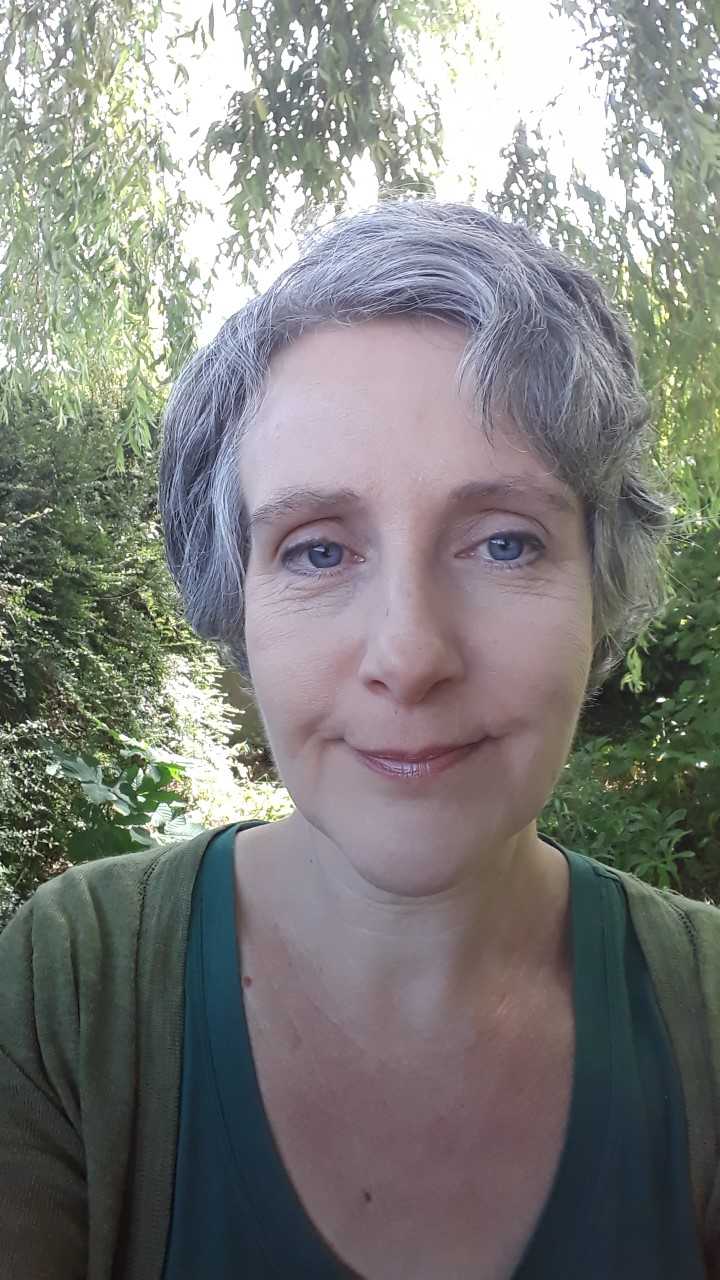Matthew Ward

Matthew Ward
Lecturer in Nineteenth-Century Literature, University of Birmingham
Matthew is interested in the art of place specifically from the perspective of soundscapes and listening to (primarily natural) environments. His background is in the history of emotions of the long eighteenth century and Romantic-period writing, and his fascination with our relation to, and feelings for, the natural world stems in part from the emergence during this time of what we might call an ecological way of thinking. Specifically, then, what we might say is a certain Romantic hope (perhaps most clearly articulated in the writing of the Wordsworths) that sympathy with nature leads also to greater understanding of ourselves and others.
Matthew’s next project will hopefully explore the sorts of thinking and feeling produced by listening to the sounds of the natural world, and how particular places (for instance riverbanks, seashores, forests, mountain-tops, open fields) might speak with distinctive resonance. He hopes that a consideration of listening in literature (and especially the response and attitude of Romantic and post-Romantic poets) to landscape, location, place, and space, will encourage us to be more attentive and attuned to the natural world. Listening in literature is also an invitation to become better listeners – both to literature and its sounds, rhymes and rhythms, its sonic effects and in our lives and how we listen to the environment and its ever-changing soundscape. During a time of ecological and environmental crisis, such possibilities lead to opportunities to better process how we listen to nature and what it is telling us about our fragile planet. Matthew is keen to explore how this project might have educational value as well – not only to inspire greater environmentalism but also to encourage children to spend more time outside as a way of helping them reflect on their place in the world, and how environments provide imaginative space as well.














